Not exactly the sort of car you would expect to deliver both fun and practicality in one comprehensive package - this Leon ST is admirably full of surprises
Photos by Azfar Hashim
Mention wagon, and you would probably have the same image as you would whenever someone talks about an MPV; the excitement level is similar to watching paint drying on the wall, or even waiting for a block of ice to melt. But of course to be fair, there are still some wagons that make car enthusiasts tingle; like the Audi RS4/RS6 Avant, Saab 9-3 Aero SportCombi, Volvo V70 R, Skoda Octavia VRS Combi and even Subaru Legacy GT Wagon. Just to name a few…
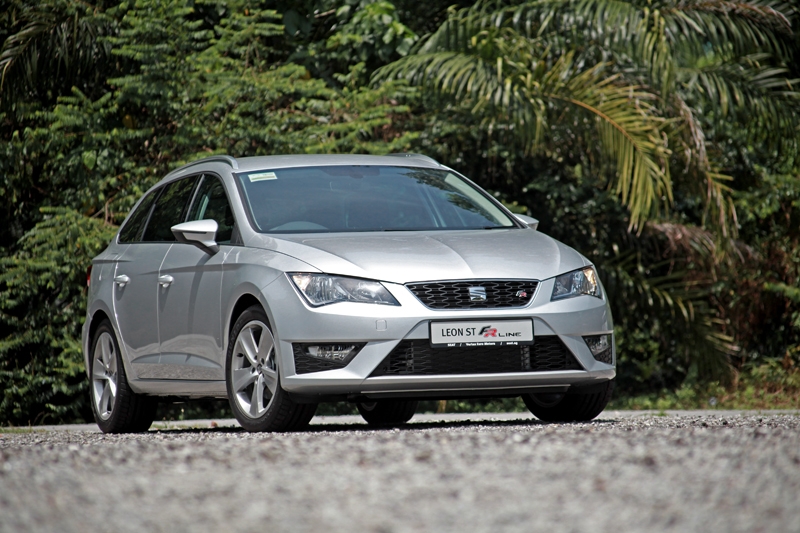
Now here’s another desirable wagon to add to the list above, and probably in the unlikeliest form too: Meet the Seat Leon ST, in FR-Line guise.
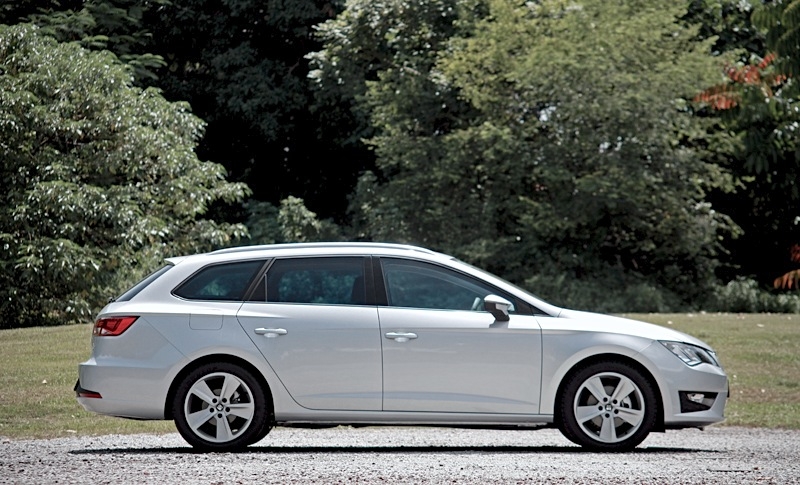
What is this?
Just in case you’re wondering, ‘ST’ stands for Sports Tourer while ‘FR-Line’ simply means this is the range-topping model. Now that we’ve gotten that sorted, the Leon ST is a follow up to the Leon hatchback, like how the Golf has the Golf Variant. But somewhat, this Spanish Seat manages to look much better than the German Volkswagen — so, if aesthetic rates highly in your list, you must take a closer look at this car.
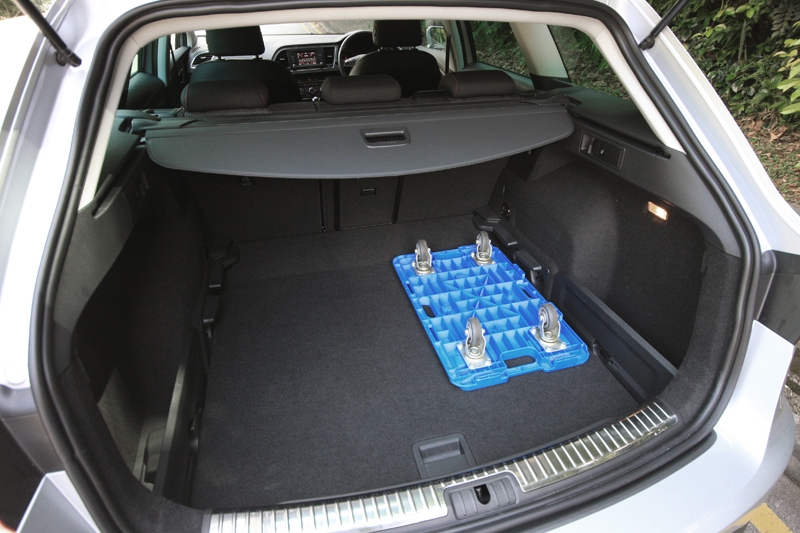
How does it fare in terms of practicality?
This is a wagon, so the boot needs to be impressive enough for buyers who need big spaces. Although smaller than the Golf Variant (605-litres/1,620-litres) it’s based on, the 587-litres worth, with all seats in place, is still highly useful (for the sake of comparison, the Peugeot 308 SW is still the leader with 660-litres/1,660-litres). Be it the baby’s pram, the golf bag or even a month’s worth of grocery shopping, there is nothing the Leon ST could not swallow. That said if you need more space, simply remove the boot cover and stow the rear backrest away — you instantly have 1,470-litres now. With that much space, you should be able to carry even a washing machine, a small fridge or even cupboards and racks. Heck, you could even provide moving services with this car…
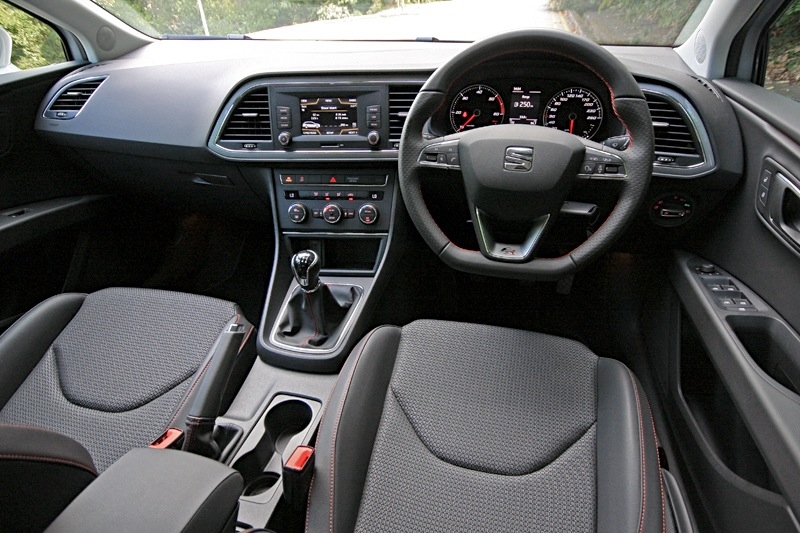
How is it inside?
There’s a Germanic feel around the cockpit, an obvious show of German touches. Ok, so the plastic employed throughout feels half a notch lower than what you’d typically see in a Golf, it won’t offend prospective buyers who are new to this Spanish brand. In fact, you need to praise Seat for going away from something overly fanciful and sticking instead to ergonomics and architecture that is just spot-on. Equally important, every control buttons are easily reached and clearly labeled, the displays are easy on the eye, the steering is perfectly sized and sculpted; the seats are brilliantly huggable too, and during sporty drives — which this car is very capable of — it really keeps you and your passengers in place.
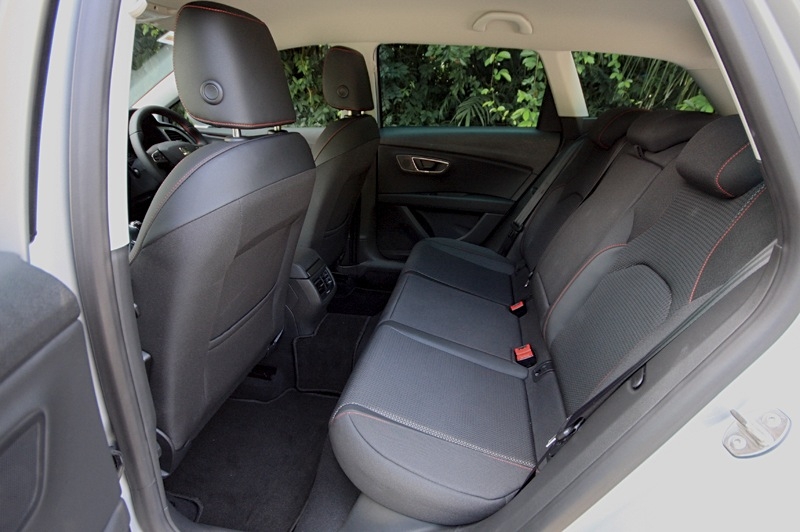
At the back, there is sufficient headroom while legroom is more than enough even if you tip past 1.8-metres tall. Rear air-con blowers do a good enough job of keeping passengers cool.
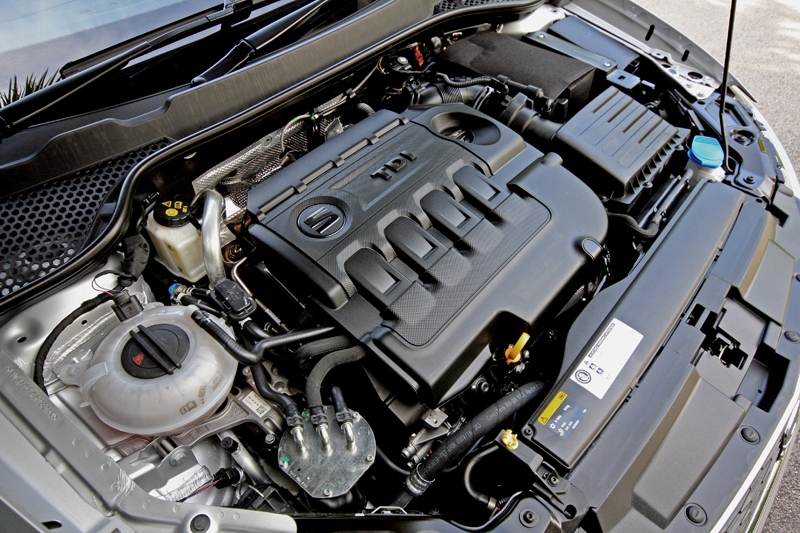
What powers it?
Powering the Seat Leon ST here is a Volkswagen-sourced 2.0-litre turbodiesel lump. Mated to a 6-speed manual transmission, power output is 184 bhp while torque a massive 380 Nm that is available from as low as 1,750 rpm. If you’re wondering why on earth I considered the torque output as that, it’s simply because it potentially could give the Golf GTI (350 Nm), Cooper S (280 Nm) and Megane RS (360 Nm) quite a hard time.
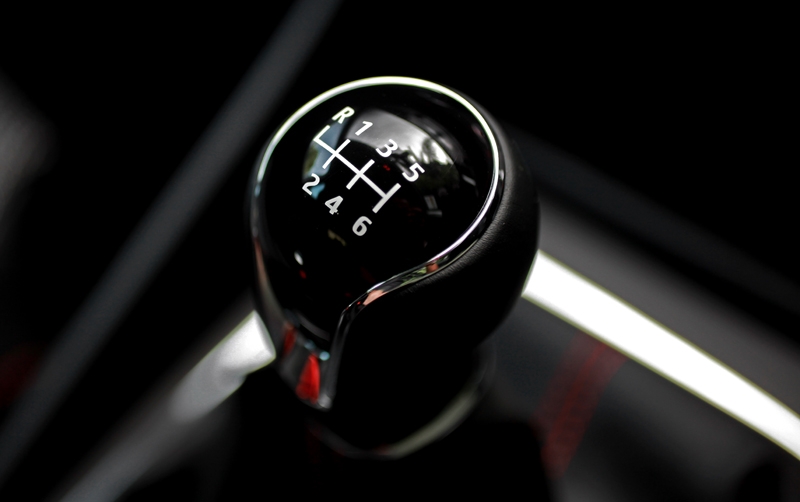
Weighing in at less than 1.5-tonnes, the Leon ST is fast by class standard. It pulls away strongly when the light turns green, and with a manual gearbox that slots into gears precisely along with a clutch that is perfectly weighted, it willingly revs up to within the 4,500 rpm region before power begins tapering off towards the 5,000 rpm mark. Speaking of which, you’ve already breached the legal speed limit in third.
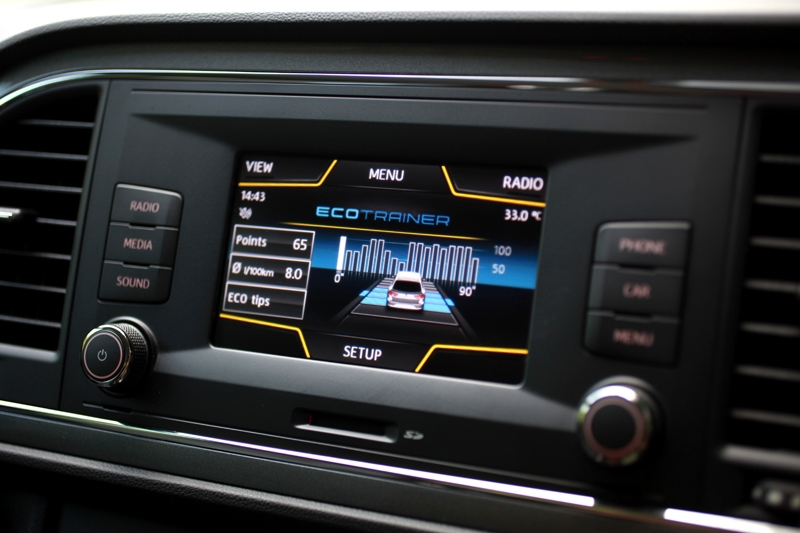
Along the expressway, the Leon ST would gladly stick to the fastest lane and remain there without any power struggle. Even if you need to overtake via the left lane in sixth, there’s barely the need to downshift — simply add more pressure on the accelerator and next you know, you’re already back in lane one.
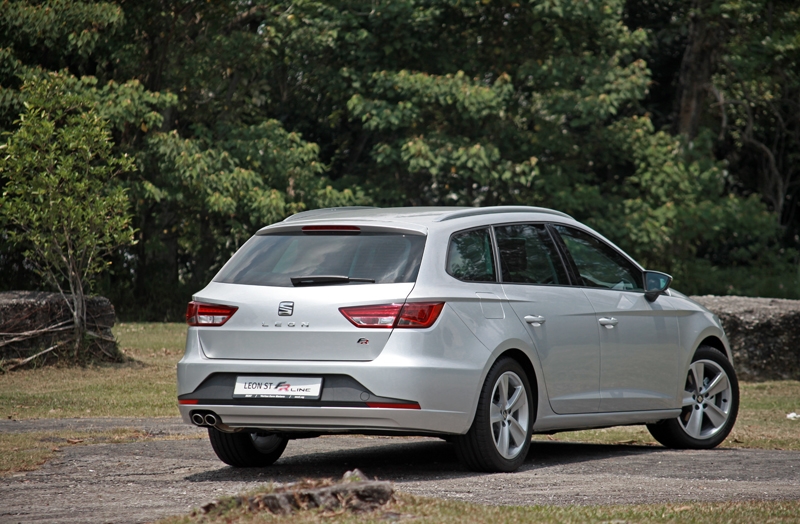
Handling wise, this car seems unfazed even when directed into tight corners, fast. There’s positive steering feedback and the suspension’s well sorted for sporty driving.
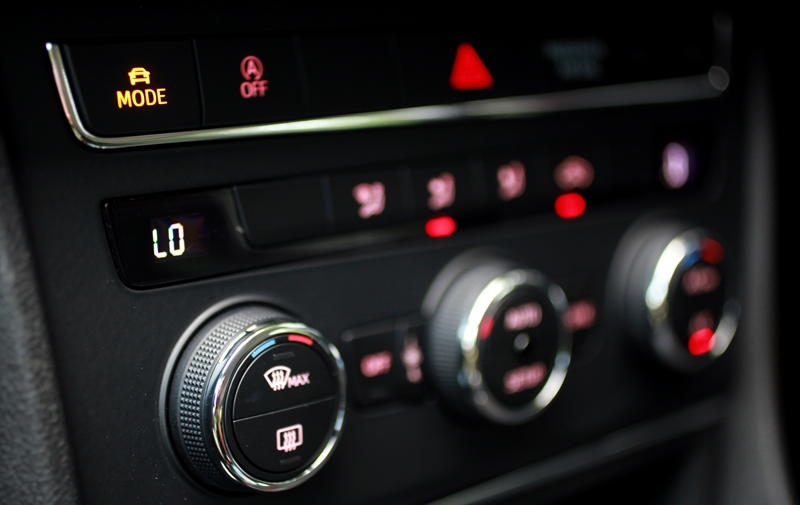
Just like the Golf Variant, it offers three different driving modes namely Normal, Sport and Eco — a tad gimmicky, personally speaking, as there doesn’t seem to be any obvious difference in characteristic. Or maybe I was just too busy exploiting the car; without having to worry much about fuel economy as, after all, this is a turbodiesel.
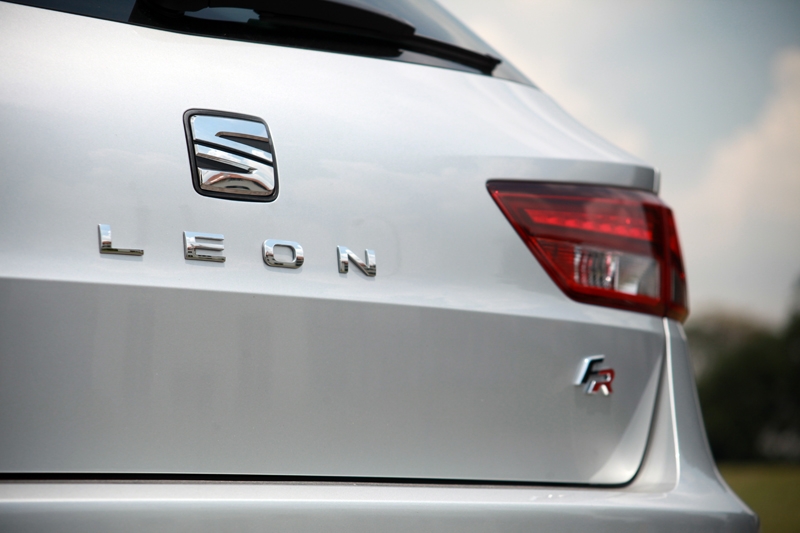
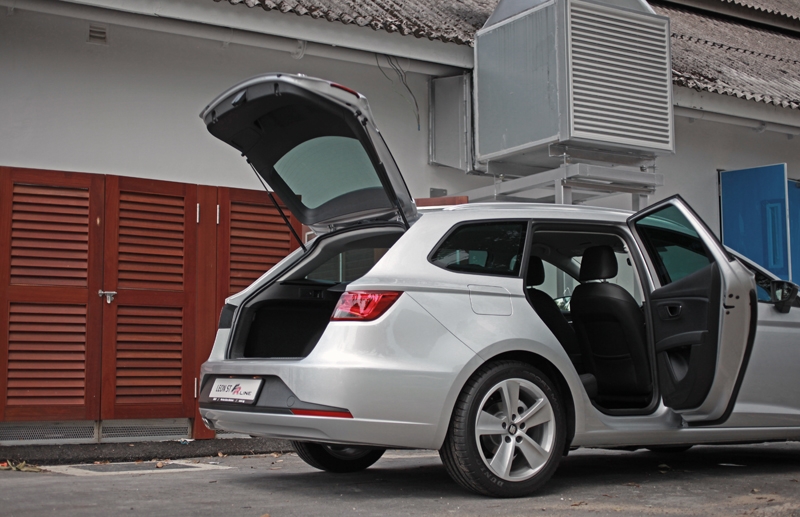
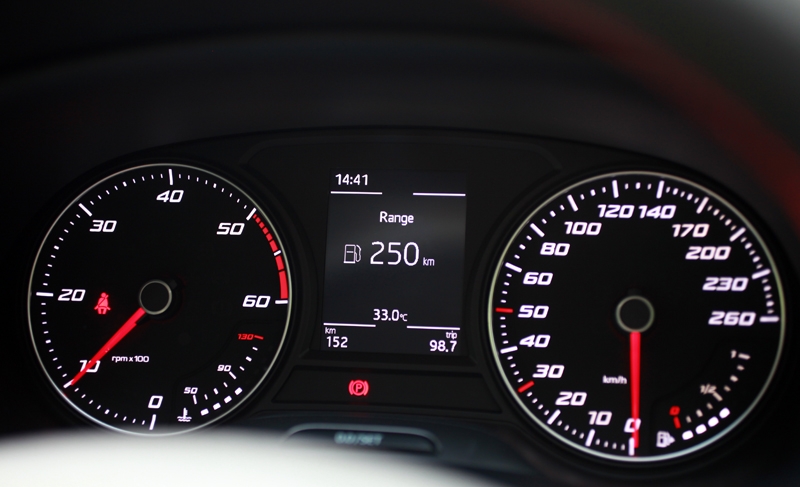
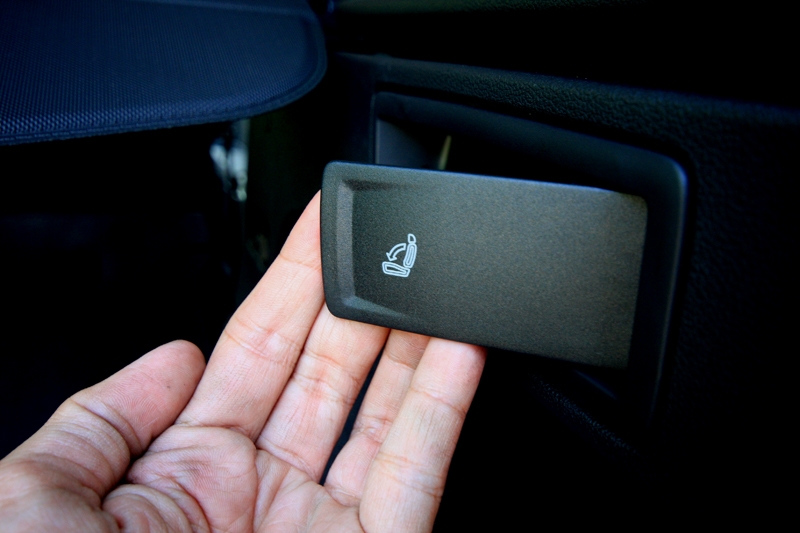
Pull this lever and the rear seat's backrest folds down
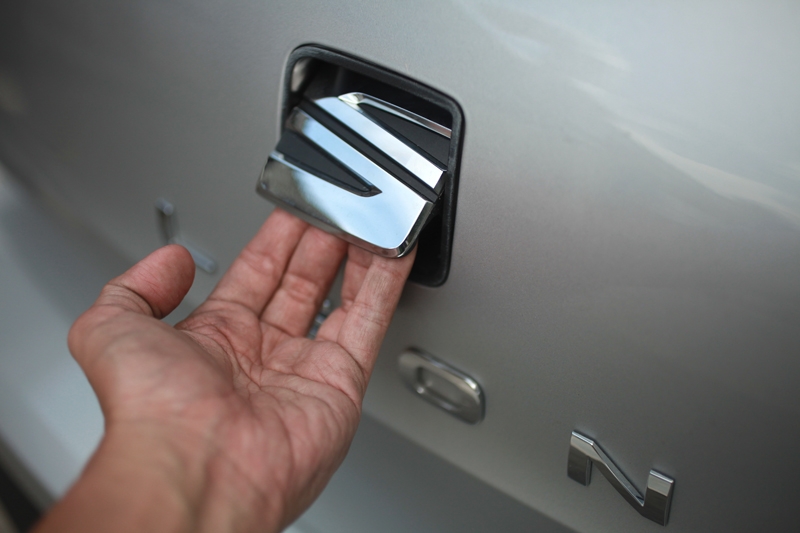
In case you're wondering how to open the boot's hatch...
